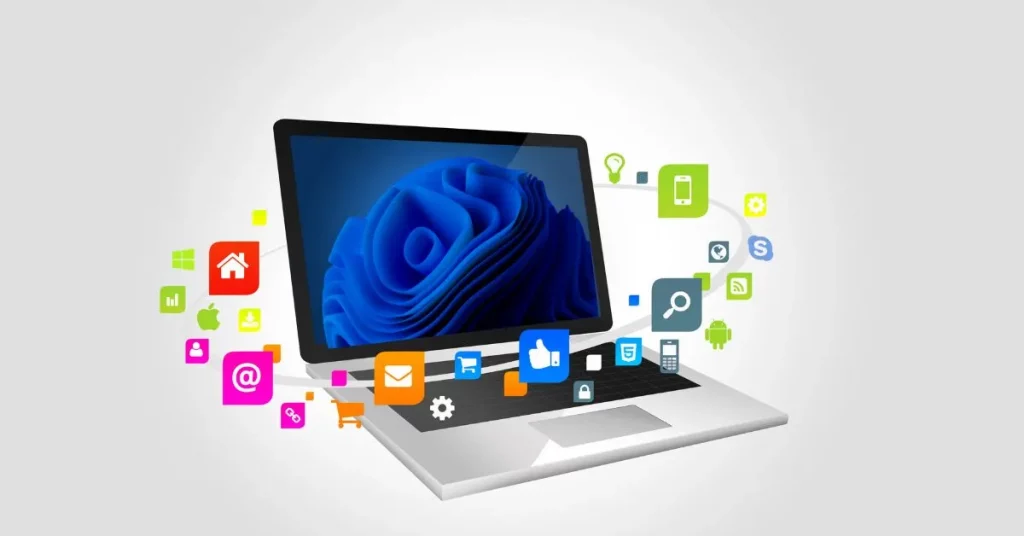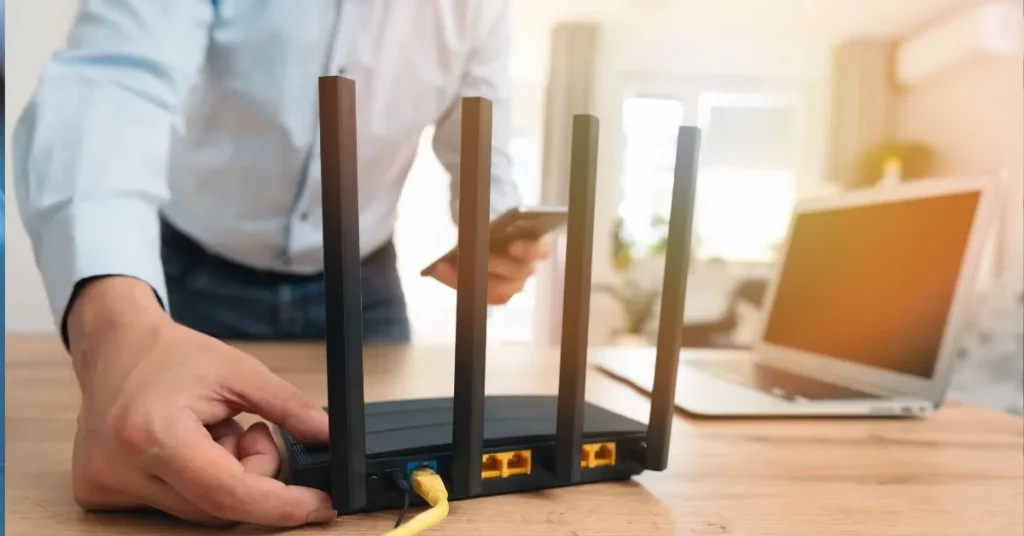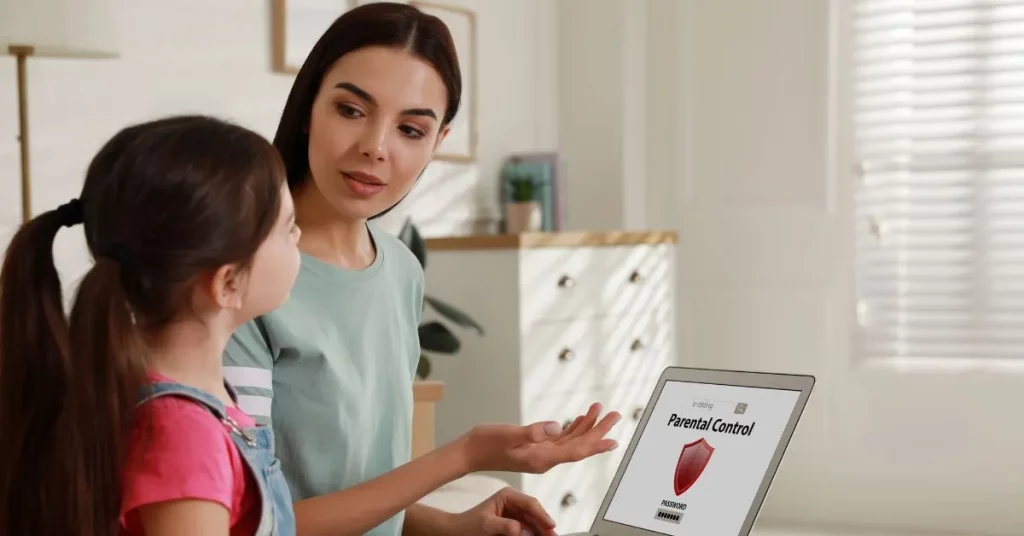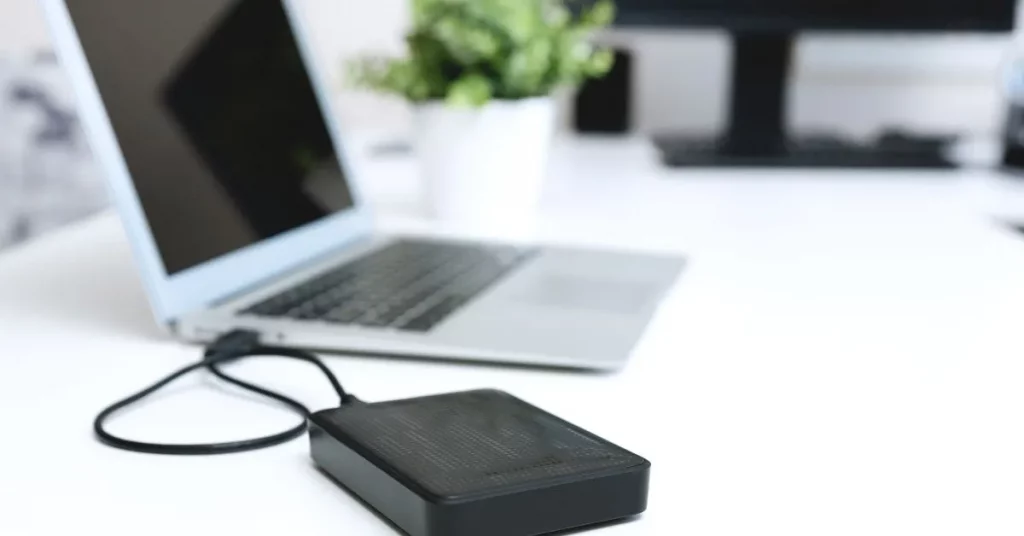If you’ve ever wanted to explore the strength and flexibility of Windows 10 and Linux on the equal pc, putting in a twin boot is the way to move. Instead of choosing among the two running systems, you could have the pleasant of both worlds via walking them aspect by way of facet. In this guide, we’ll walk you through the stairs to dual boot Windows 10 and Linux for your pc.
Why Dual Boot?
Dual booting allows you to put in and run two different operating systems at the identical gadget. For example, you could use Windows 10 for your normal work or gaming needs while the use of Linux for improvement, coding, or customization. By putting in a dual boot machine, you could without problems transfer between the two relying on your needs. Let’s get started on the way to make this setup be just right for you.
What You’ll Need
To dual boot Windows 10 and Linux, right here are the essentials:
A Computer with Windows 10: You’ll need to both have Windows 10 already set up or plan to put in it first.
- A Bootable USB for Linux: You’ll need a USB power with a Linux distribution, inclusive of Ubuntu, which you want to put in.
- Sufficient Storage Space: Ensure your tough pressure has enough area for each operating system or, if viable, use separate drives.
Step 1: Backup Your Data
Before diving into the twin boot method, it is continually an amazing idea to back up all of your important files. This ensures that if whatever goes incorrect for the duration of the installation, you might not lose any vital information.
Step 2: Install Or Verify Windows 10
If you already have Windows 10 installed, you may pass this step. But in case you need to put in it, comply with these instructions:
- Insert the Windows 10 Bootable USB and restart your computer.
- Enter BIOS/UEFI by pressing a key which includes F2, F12, or DEL, depending on your pc’s emblem.
- Install Windows 10: Follow the on-screen instructions and install Windows 10 on the drive of your choice. Make sure you leave enough unallocated space for Linux if you’re using the same drive for both systems.
- Complete Windows Setup: Once Windows is installed, complete the setup process and ensure everything is running smoothly.
Step 3: Prepare Disk Space for Linux
Now that Windows 10 is installed, you’ll need to create space for Linux on your hard drive.
- Open Disk Management in Windows: Type “Disk Management” in the Windows search bar and open it.
- Shrink the Windows Partition: In Disk Management, find your primary hard drive (the one where Windows is installed), right-click, and select Shrink Volume. Choose how much space you want to allocate for Linux. Around 20-50 GB should be sufficient depending on your usage.
- Create Unallocated Space: The space you shrink will now appear as unallocated. This is where you’ll install Linux.
Step 4: Install Linux
With Windows set up and space made for Linux, it’s time to install the Linux operating system.
- Insert the Linux Bootable USB and restart your computer.
- Boot from USB: Enter BIOS/UEFI again and set your computer to boot from the USB containing the Linux installation file.
- Start the Linux Installation:
- Choose the option to Install Linux alongside Windows when prompted. Linux will automatically detect your Windows 10 installation and create a dual boot setup.
- If you want more control, you can manually select the partition for Linux installation by choosing the Something Else option. Just be sure to select the unallocated space you created earlier.
- Follow the Installation Steps: Continue with the Linux installation process. Linux will install its bootloader, GRUB, which will help you select which operating system to boot into when you start your computer.
Step 5: Final Setup and Testing
After both operating systems are installed, it’s time to test and ensure everything is working smoothly.
- Restart Your Computer: When your computer starts, you should see the GRUB menu, which allows you to choose between Windows 10 and Linux. If you don’t see the menu, you might need to go into your BIOS/UEFI settings and make sure the correct drive is selected as the primary boot option.
- Test Both Operating Systems: First, boot into Windows 10 to confirm it’s working as expected. Then restart and boot into Linux to verify everything is set up correctly.
Configuring GRUB (Optional)
If you want to customise the GRUB bootloader or change the default operating system, you can do so easily in Linux:
- Boot into Linux.
Open the Terminal and enter the following command:
bash
Copy code
sudo nano /etc/default/grub
- Modify the Default Boot Entry: Change the line GRUB_DEFAULT=0 to the number that corresponds to the operating system you want as default (e.g., Windows might be 1 or 2, depending on its position in the menu).
Update GRUB by running:
bash
Copy code
sudo update-grub
Troubleshooting Common Issues
Sometimes, things don’t go perfectly during a dual boot setup. Here are a few common problems and their solutions:
- GRUB Doesn’t Appear: If you’re not seeing the GRUB bootloader, Windows might have overwritten it. You can restore GRUB by booting into the Linux USB again and using the terminal to reinstall it.
- Unable to Boot Windows: If Windows won’t boot, you may need to fix the Windows bootloader. This can be done using the Windows installation USB and selecting the Repair Your Computer option.
- BIOS/UEFI Issues: Make sure both operating systems are enabled in your BIOS/UEFI settings, and that you’re booting from the correct drive.
Benefits of Dual Booting Windows 10 and Linux
- Flexibility: Easily switch between two operating systems depending on what you need to do.
- Better Performance: With both systems installed separately, you can allocate resources specifically to each operating system, improving performance.
- Learning Opportunity: Dual booting gives you the chance to learn more about both Windows 10 and Linux.
Conclusion
Dual booting Windows 10 and Linux is a notable manner to take advantage of the unique benefits both operating systems provide. By following the steps on this guide, you may set up a twin-boot device that lets you exchange between Windows 10 and Linux simply. Whether you need the familiarity and compatibility of Windows or the customization and flexibility of Linux, you’ll have both alternatives at your fingertips. Enjoy the quality of each world!











